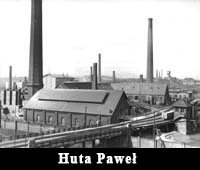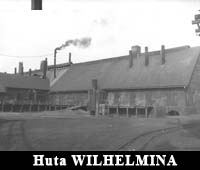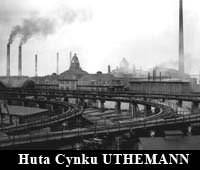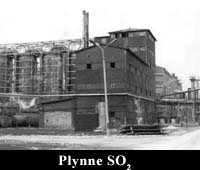HISTORY
Back then the zinc industry started to develop rapidly in the area of Sosnowiec, D±brówka Mała and RoĽdzień, due to heirs of Gieshe activity. In 1861, in exchange for a Zinc Works DAVID and KING SAUL’s mine in Chropaczów, they took over PAWEL Zinc Works with ABENDSERN share in D±brówka Mała.






